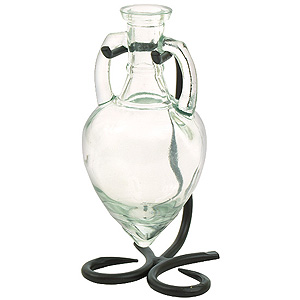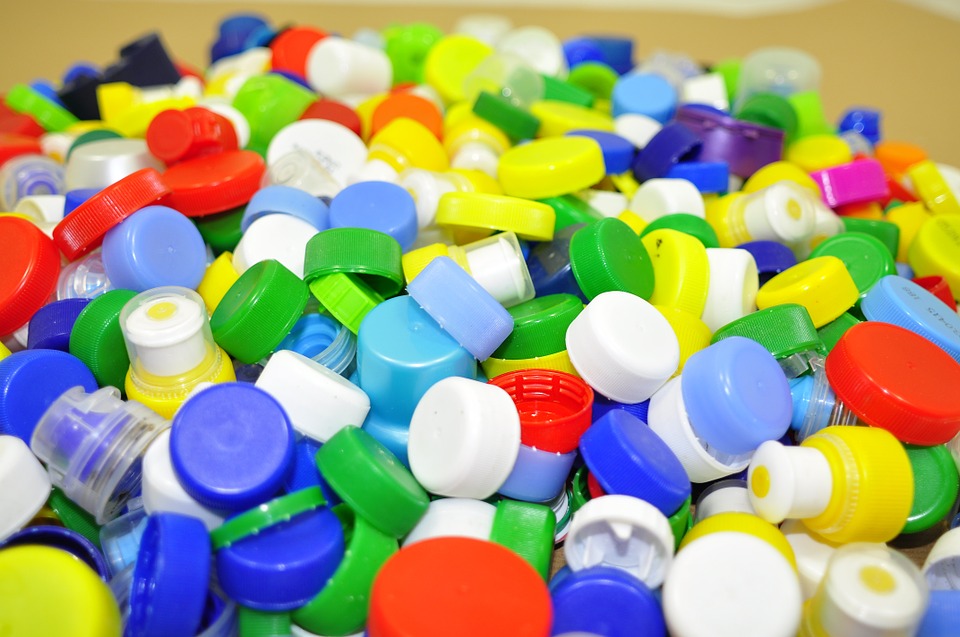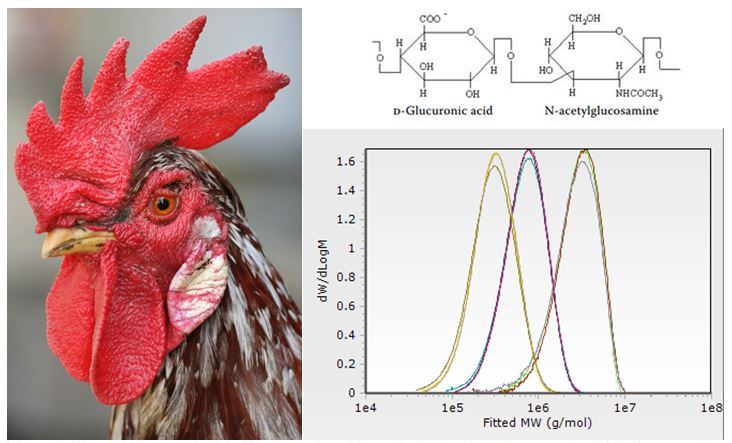
Correlating Melt Flow Index to Molecular Weight
The certificate of analysis for polymer resins often includes a melt flow index (MFI) or melt flow rate (MFR), reported as grams of material/10 min under a specified temperature and load. This testing is normally performed per ASTM D1238 or ISO 1133 using a plastometer. A plastometer consists of a temperature-controlled cylindrical annulus through which […]

The Plastics of Capri
Vitrum Flexile, or flexible glass. Although lost in legend, three different authors provided an account of a glass that could be dented and then repaired in Rome’s first century. According to the Corning Museum of Glass, Petronius (who died in 63 A.D.) told of a drinking vessel presented to Emperor Tiberius (reign 14-37 A.D.). The […]

It’s a Plastic Sort of World
Provocatively Titled Study Explores “All Plastics Ever Made” A recent study by Geyer et al published in Science Advances takes a wide-ranging look at the production and fate of all plastic produced to date, based on data collated from a range of market research and consulting groups. Some key observations from the authors’ study are […]

Additive Manufacturing of Medical Devices
Most traditional machined components involve starting with a standard block of material, and then machining away material to form the final finished device. The advent of 3D printing systems has allowed the opposite approach to machining, where material is sequencing added to a part, in effect growing it from raw material with little scrap material […]
Shrimp Vision
Polymer scientists often use polarized light to optically examine features in polymers, such as crystallinity and residual stress, through the phenomenon of birefringence. White light, such as that coming from the sun and incandescent light bulbs, is comprised of multiple wavelengths of light traveling in multiple planes. When white light passes through a polarizer (which […]

You Don’t Look Your Age: Accelerated Aging of Paper
At Cambridge Polymer Group, we help many of our clients evaluate their materials or device by applying accelerated aging techniques to accelerate material degradation, either for shelf life estimation or as part of an evaluation of material stability. Such testing may be performed following standard procedures like ASTM F1980, ASTM F2003, as well as custom […]

Cambridge Polymer Awarded $225K SBIR Grant from NIH
CPG research team to develop injectable hydrogel technology for eye tamponade Cambridge Polymer Group Inc has been awarded a $225,000 Phase 1 Small Business Innovation Research (SBIR) grant by the National Institutes of Health (NIH) to develop an injectable hydrogel for use as an eye tamponade. Retinal detachment is a common eye injury that often […]

Hyaluronic Acid: A Question of Size
Figure 1: Top right—repeat unit of hyaluronic acid, a material particularly concentrated in (among other tissues) chicken combs (left). Bottom right—representative triplicate determinations of three samples of hyaluronic acid of distinct molecular weights. Chemical Properties of Hyaluronic Acid Hyaluronic acid (HA) is a naturally synthesized highly linear polysaccharide found in a variety of tissues including […]
Triggerable Tough Hydrogels for Drug Delivery
Patients who won’t take their medications are one of the great frustrations of 21st century doctors. According to The Annals of Internal Medicine, 20-30% of medication prescriptions are never filled, and 50% of medications for chronic disease are not taken as prescribed. The New York Times says this nonadherence to prescribed medication costs the American […]

Chemistry of Scotch Whisky
July 27th is National Scotch Whisky Day in the United States. Why was today chosen for this particular honor? No one seems to know or care, however, most seem to appreciate the excuse to sample Scotland’s liquid gold. Scotland takes its whisky production very seriously. Understandably so – aqua vitae pumps nearly £5 billion into […]
